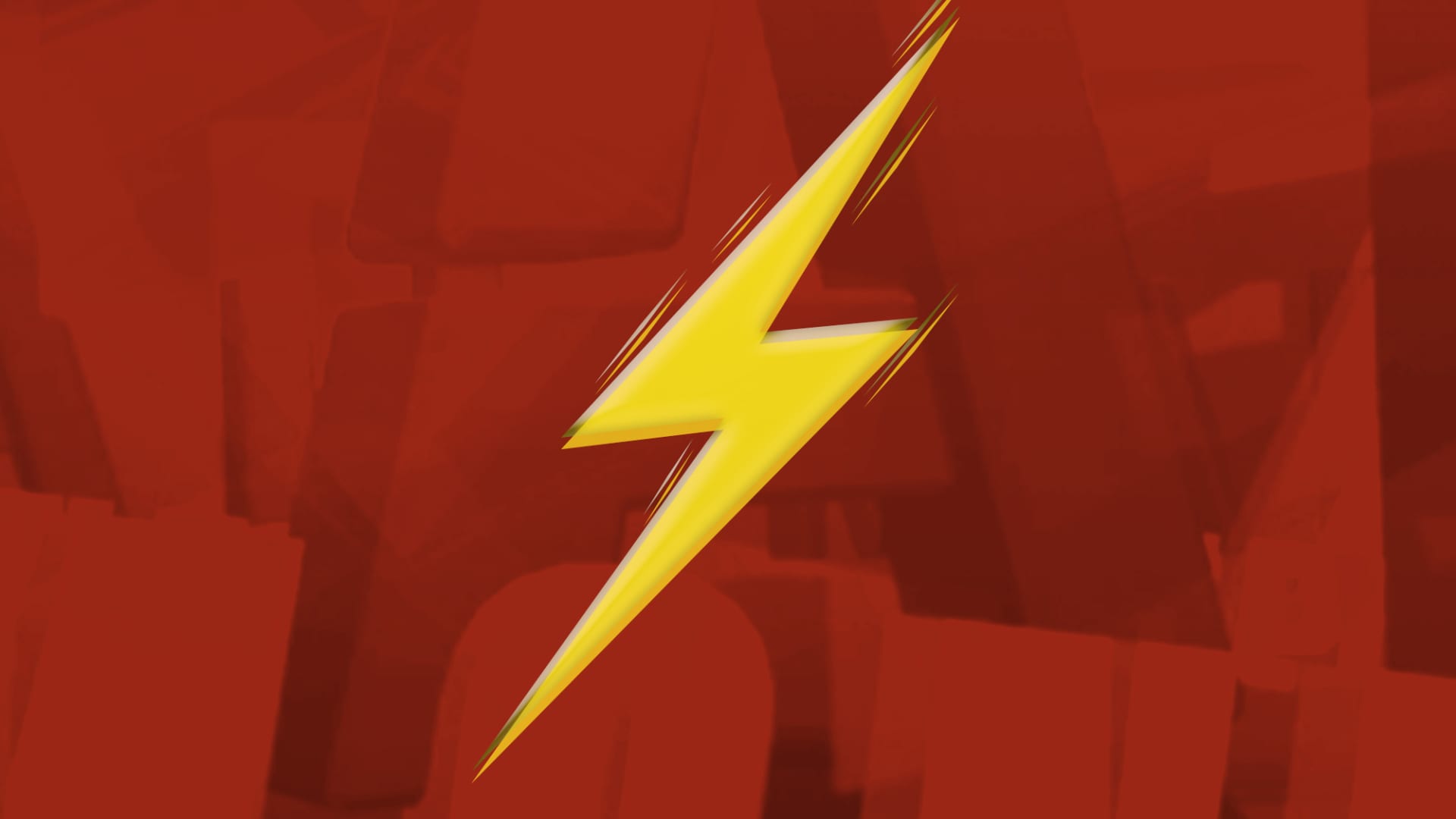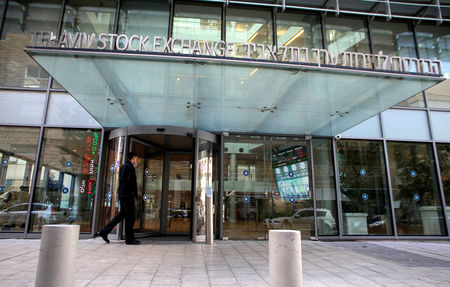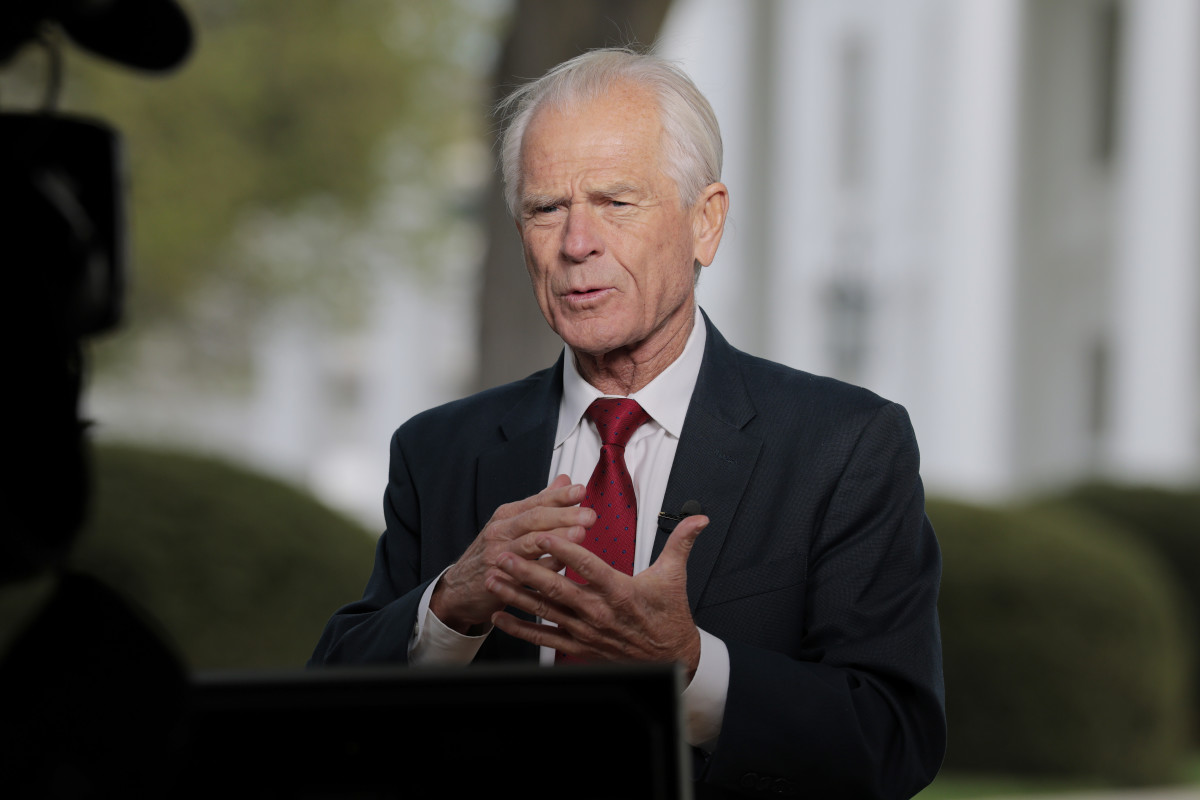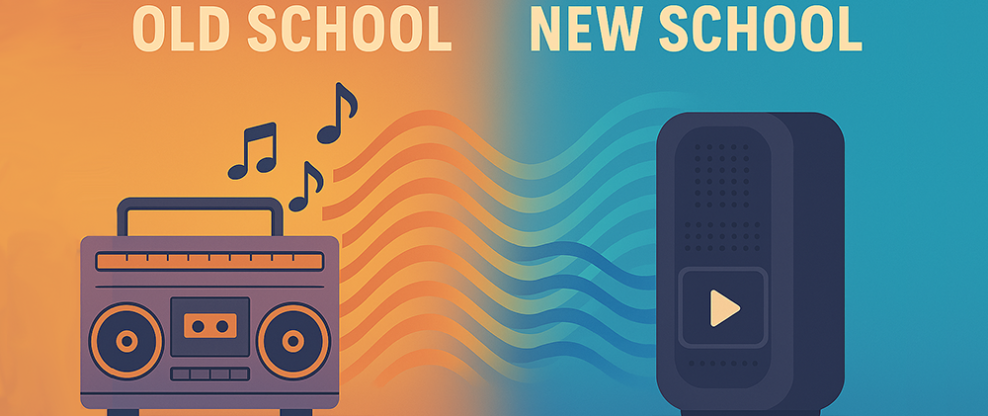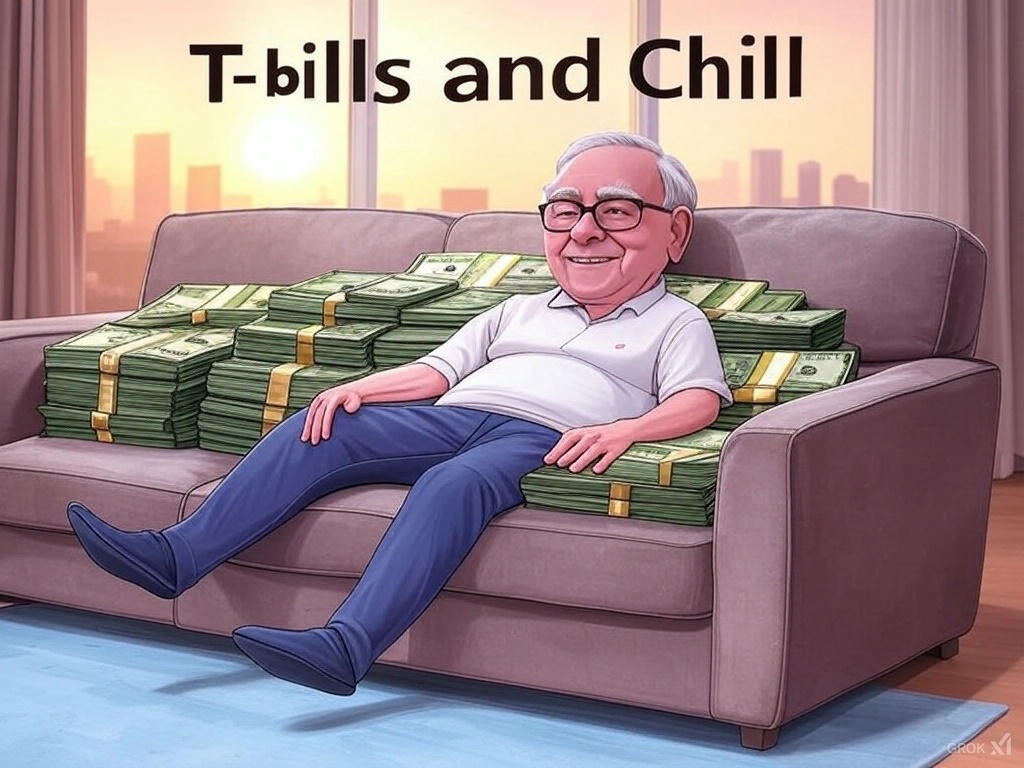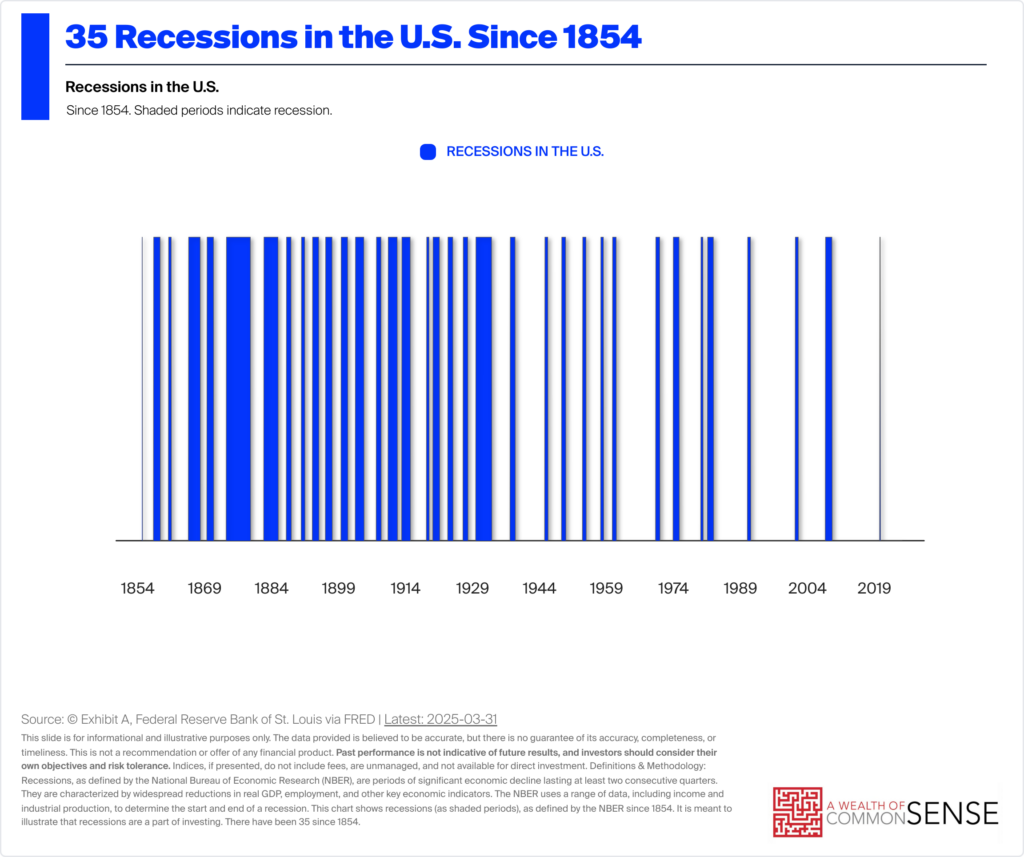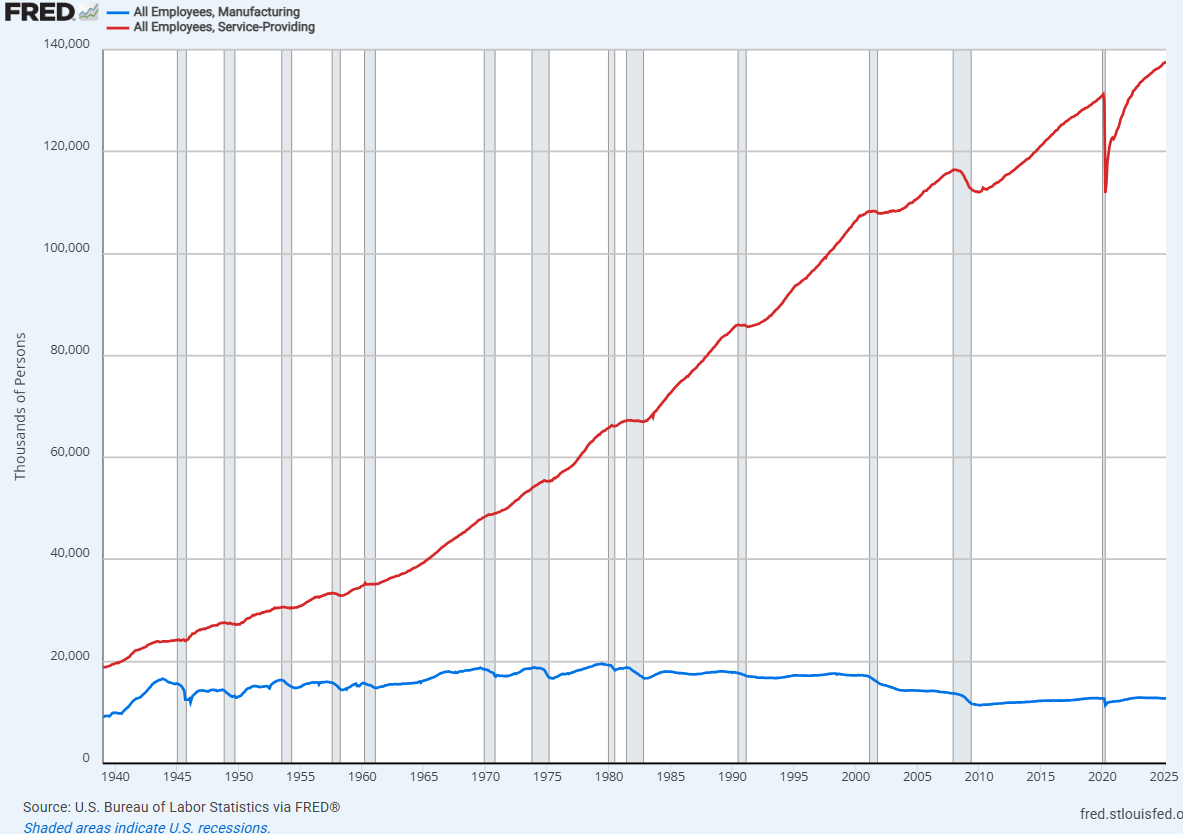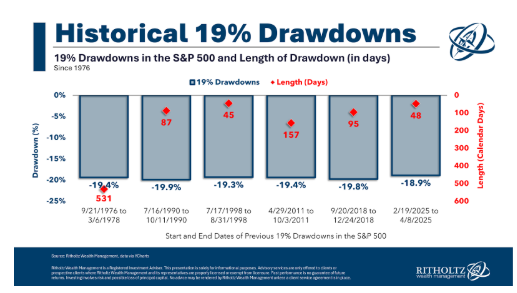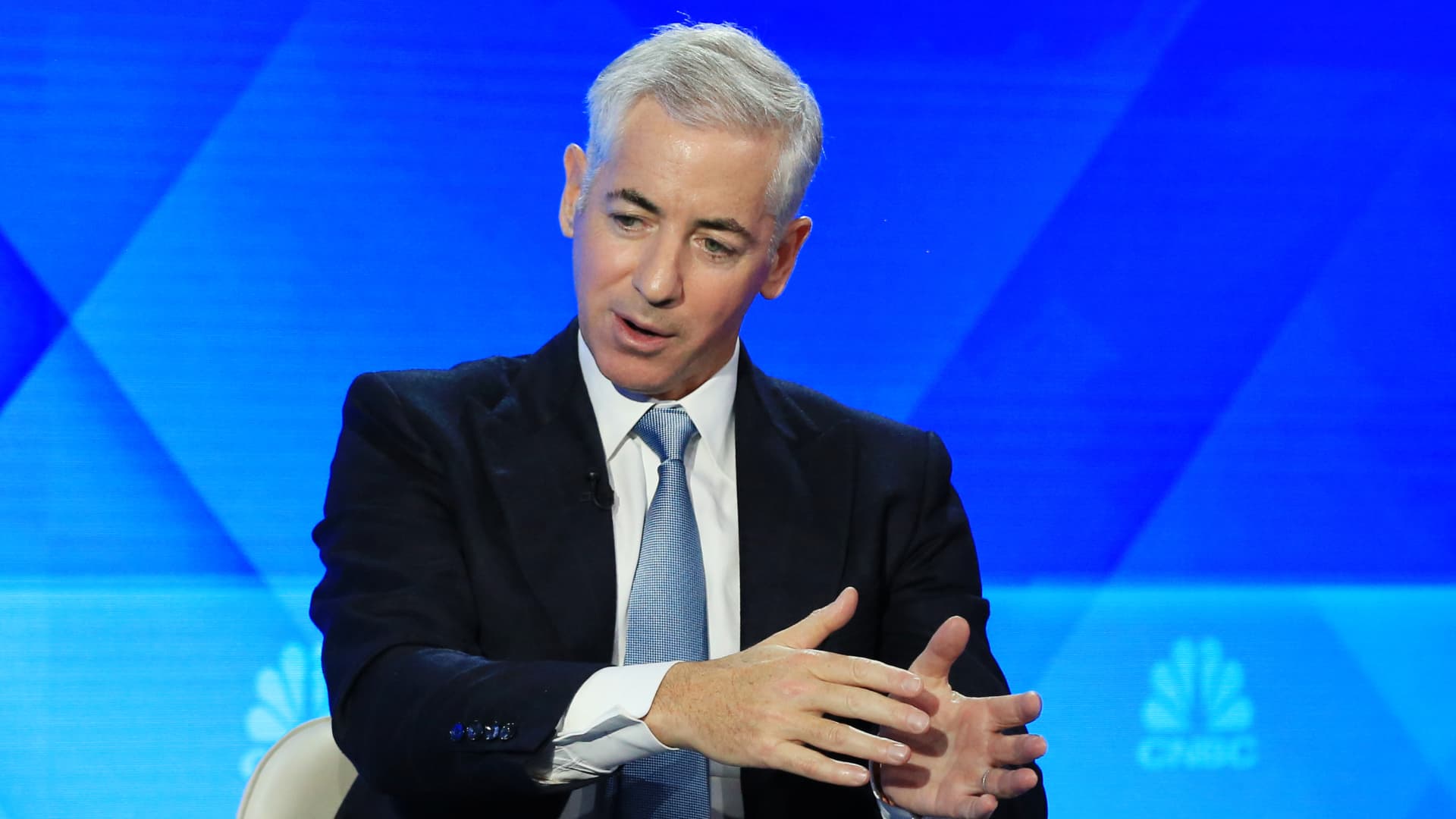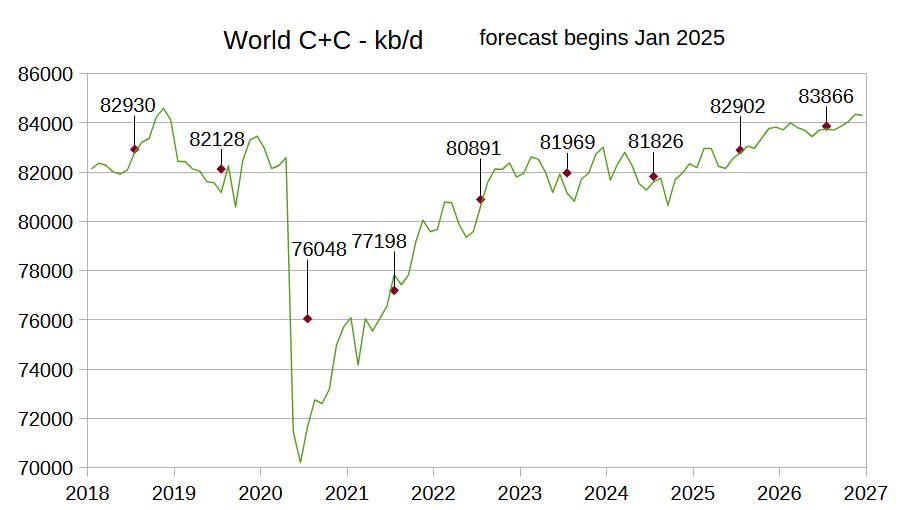The Harsh and Painful Reality of Taking Out of a 7% Mortgage
As awful as it is for the millions of homebuyers nationwide looking to purchase a new home, a 7% mortgage interest rate is a reality. While the hope is that mortgage rates will drop soon, many people must have a realistic perspective on what this interest rate means for them and their future, for better […] The post The Harsh and Painful Reality of Taking Out of a 7% Mortgage appeared first on 24/7 Wall St..
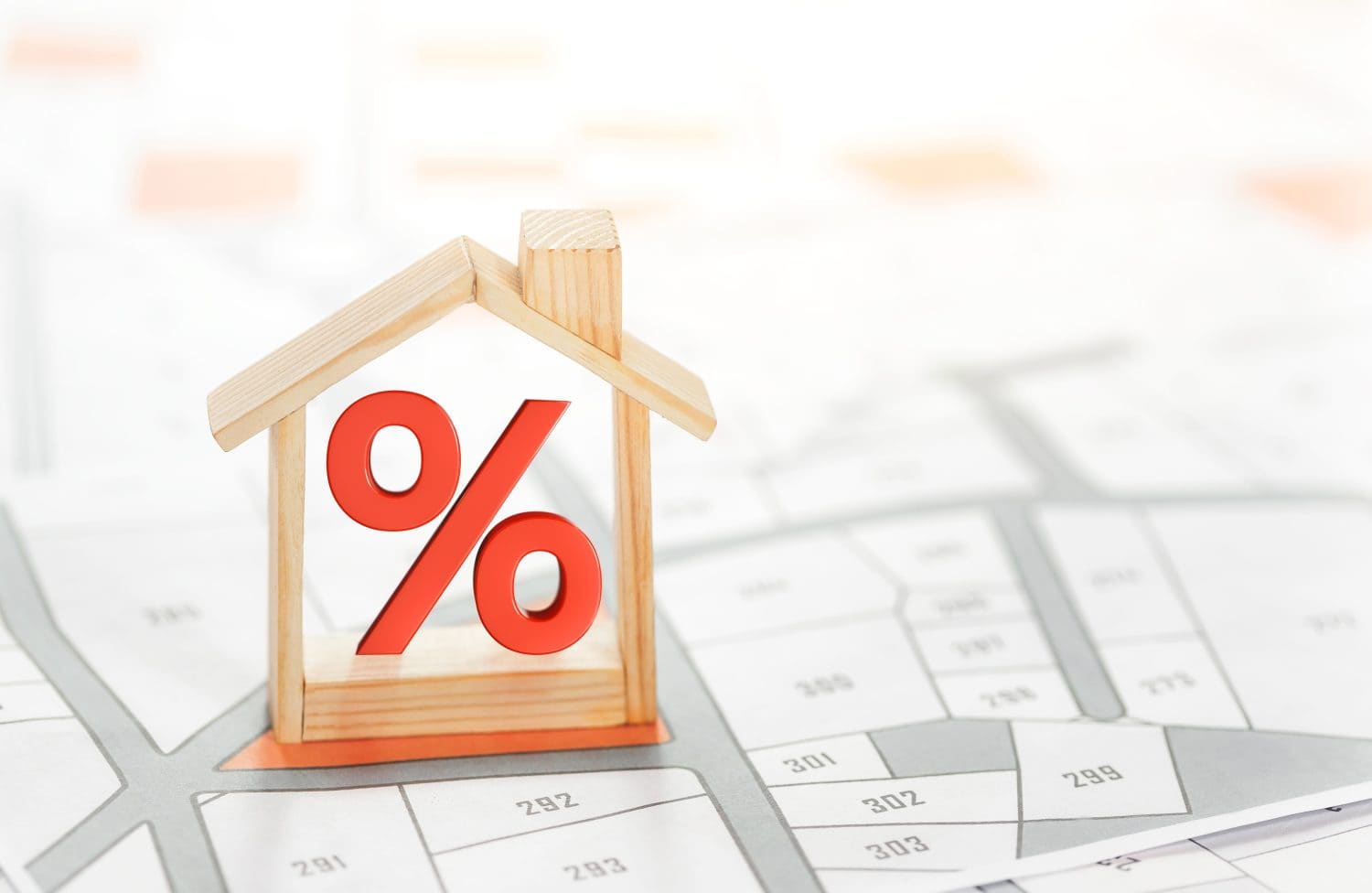
As awful as it is for the millions of homebuyers nationwide looking to purchase a new home, a 7% mortgage interest rate is a reality. While the hope is that mortgage rates will drop soon, many people must have a realistic perspective on what this interest rate means for them and their future, for better or worse.
The reality of taking a mortgage today is high interest rates and payments.
If you have a 7% interest rate, you must know that you’ll be paying hundreds of thousands extra over 30 years.
The good news is that there are methods to help pay down your mortgage loan faster.
4 million Americans are set to retire this year. If you want to join them, click here now to see if you’re behind, or ahead. It only takes a minute. (Sponsor)
Key Points
Unfortunately, the ups and downs of interest rates have long affected the housing market significantly. Over the last 15 years, we have been spoiled by low interest rates, and it’s feared that the days of low interest rates will be gone in the foreseeable future. As a result, people will have to accept what is and learn to navigate the current mortgage market as best they can.
Understanding Monthly Payments
You have to understand the amortization schedule to truly understand what a monthly payment with a 7% mortgage interest rate can and will look like.
What Is Amortization?
In simple terms, amortization is the process of gradually paying down a loan over time through regular monthly payments. This payment is always split into two parts, with one portion going toward the interest you’re accruing due to the 7% rate and the other to your principal balance.
The interest rate you receive as part of your mortgage is crucial in determining how much you’ll be paying over the life of your loan. While 7% isn’t a historical high, it will still negatively impact payments compared to five years ago. Knowing that this payment could mean hundreds, if not thousands more per month, depending on the size of your mortgage, is a big decision factor.
Breaking Down Monthly Payments
Let’s say, for example, that you are taking out a mortgage of $350,000 to pay for a home loan, which is right around the average mortgage amount in the United States. At a 7% interest rate, according to Bankrate, you’ll be paying a total monthly payment of $2,329 as your mortgage.
To better explain this, if you take out the mortgage in February 2025 and make your first payment in March 2025, your first payment will include $287 toward the principal and $2,042 of interest paid, leaving you with a balance of $349,713.
February 2035
Fast-forward to February 2035. With your same payment of $2,329, you will have paid $49,657 toward your loan’s principal. However, since your first payment in March 2025, you will also have paid $229,770 in interest. This still leaves you with a balance of $300,343, just $50,000 less than your initial loan amount ten years after you started making payments.
February 2045
If you look ahead 20 years, you’ll get a much better sense of how harsh a 7% mortgage can be. In February 2045, you’ll have paid $149,450 toward the principal amount of the mortgage with another $409,404 in payments just in interest. The painful reality is that after 20 years of payments, you still have a $200,550 balance on your loan amount.
February 2055
Finally, in February 2055, at the end of your 30-year loan term, you’ll have paid off the entirety of the $350,000 principal loan amount. However, it will be brutal to your wallet to learn that you have also paid a whopping $488,281 just in interest alone. Ultimately, your $350,000 mortgage winded up costing you $838,281 in total payments after 30 years.
Long Term Financial Impacts
Having paid an astronomical amount of $488,281 in interest alone during the 30-year life of your mortgage, it costs you more than the original loan amount. As a result, you’re now beginning to see the harsh and painful reality of the long-term cost of a 7% mortgage rate.
Had this been 2019, and you could get a mortgage rate between 3.75% and 4.5%, your overall costs would have been vastly different. Taking an average of 4% interest, your monthly payment would not only be lower at $1,671 (a $658 difference), but the total interest paid would have only amounted to $251,543 over a 30-year term.
This difference of $236,738 paid over 30 years (between 4 and 7%) is a not-so-insignificant amount of money. This money could have been a college fund, a retirement investment, a Roth IRA account, a 401(k), or just better spent over the same 30-year period. There is no question that the opportunity cost here of what you could have spent or invested had you had a lower interest rate is significant.
Strategies to Reduce Interest Costs
Unfortunately, you can’t do much if banks only offer a 7% interest rate. Still, you can look at different strategies to reduce the overall amount of interest you will pay over the life of your loan.
One of the best strategies is to try and pay extra principal payments that can help pay down the life of the loan faster. Even small additional payments can significantly shorten the loan term and reduce the overall interest paid. Let’s say you paid an extra $100 monthly toward our earlier example, so a payment of $2,429 monthly. Ultimately, you would save approximately $71,300 just in interest alone over the 30-year loan period, eventually allowing you to pay off the mortgage in 26 years and four months.
Another strategy people like to use to pay down the loan faster is to make half the monthly payment every two weeks. Following this strategy, you’d make one extra payment every year, saving you $119,474 in interest payments over 30 years and paying off the loan balance in 23 years and 9 months.
Alternatives To Consider
To try and reduce the total amount of money you’ll have paid over time, you can also look at alternative methods to try and reduce your interest payments.
Refinancing
If you watch interest rates closely, hoping they will drop in the coming years, you could refinance your loan at a lower interest rate. This would help lower your monthly payments and reduce the interest you’ll be paying over a 30-year loan.
Sticking with our example, a 5% interest on a $350,000 mortgage would cost $1,879 monthly, resulting in just $326,395 in interest paid for a total 30-year loan cost of $676,395. The caveat is that refinancing isn’t cheap, as closing costs could require a payment between 2% and 5% of the loan balance.
Adjustable Rate Mortgage
An adjustable-rate mortgage is a loan with an interest rate that changes over time, with the initial interest locked for a predetermined period. The interest rate will then readjust after the fixed period expires, but the risk with this type of mortgage is that the monthly payment could increase or decrease.
This might be an option if you expect your monthly income to increase over time. Alternatively, it’s worth considering if you plan to keep your home loan for a shorter period, so you might want to consider this method so you don’t get locked into a longer loan (e.g., 30-year) period.
The post The Harsh and Painful Reality of Taking Out of a 7% Mortgage appeared first on 24/7 Wall St..







































